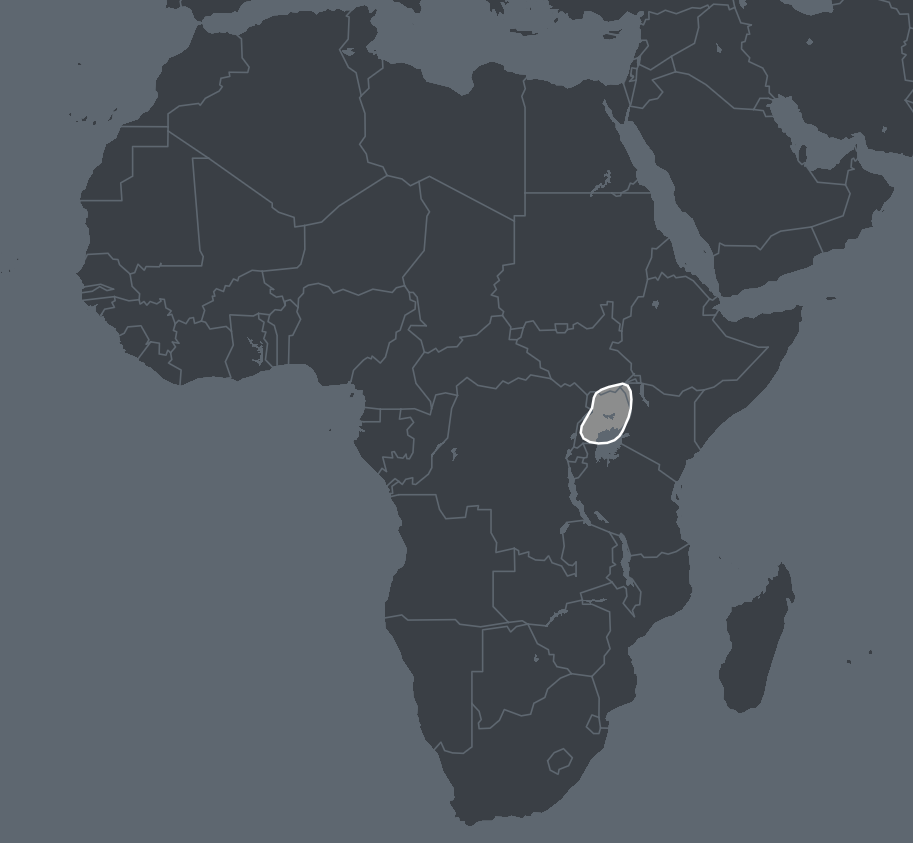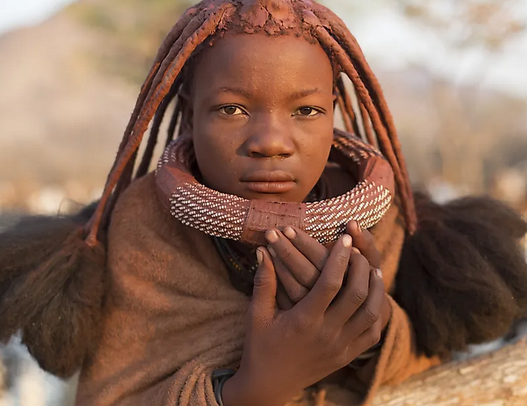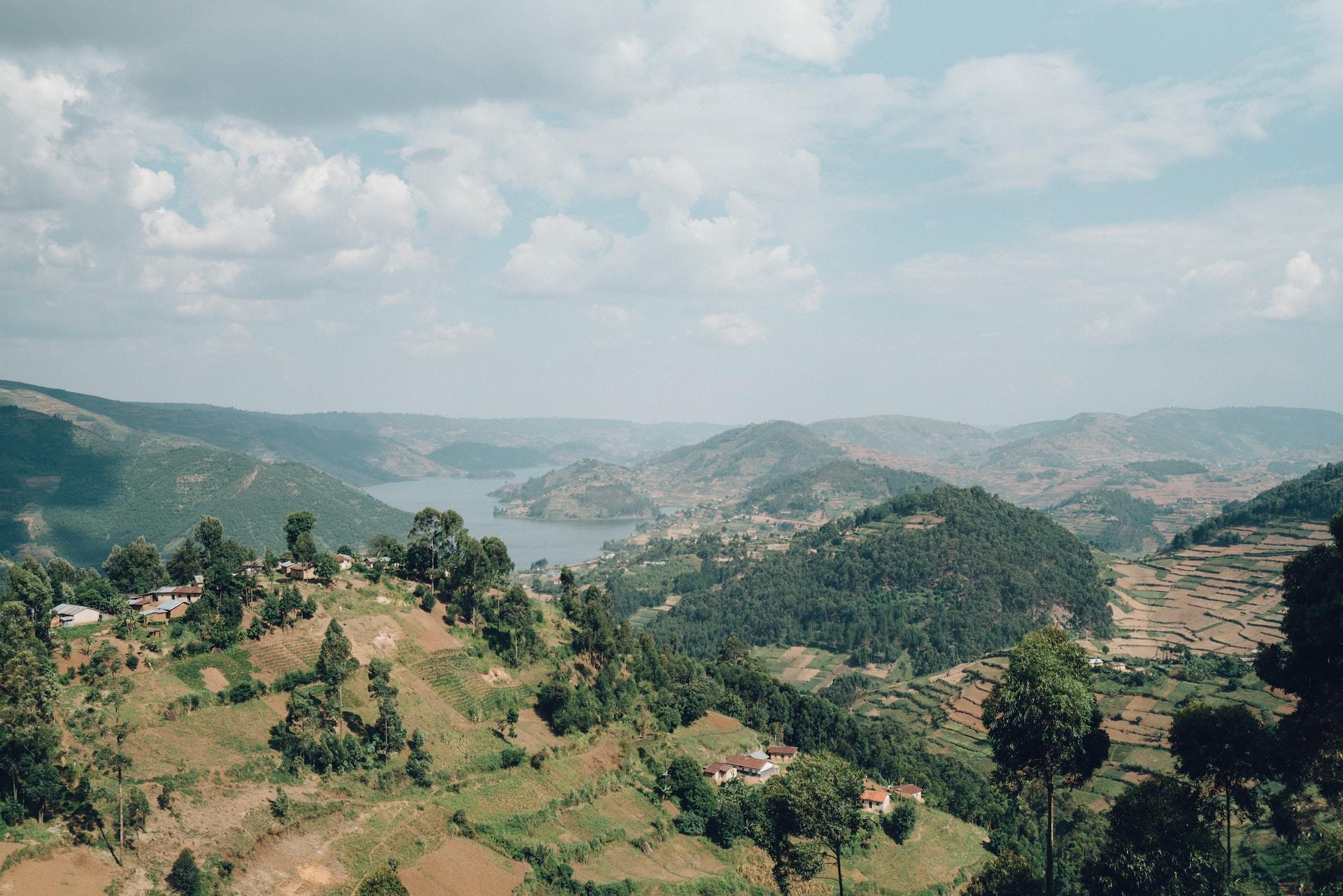What is Eastern Bantu Peoples DNA Ethnicity on Ancestry?
In this article we are going to look closely at just where the Eastern Bantu region is to learn more about the area and the people who come from there. We will try to discover what if anything makes these people unique and what it means to have ancestry from the region.
Eastern Bantu DNA Region
The Eastern Bantu region is heavily connected to other Bantu regions in Africa but is distinct enough in DNA terms to be traced back to a relatively small region. Essentially the Eastern Bantu region covers the majority of the East-African country of Uganda.

There are some exceptions to this in the more northwest and southwest regions of the country where this DNA does not seem to be as prevalent. Small populations of Eastern Bantu heritage DNA carriers can also be found in southern South Sudan, western Kenya and small regions of Tanzania.
History of Africa
According to the paleontological record, it was the continent of Africa in which the first hominids developed. These early hominids were the first to walk in a bipedal motion and it is from them that eventually humans as we know them today evolved.
The fossil records suggest that homo sapiens were living in Africa between 260,000 to 350,000 years ago. Remains from South Africa, Morocco and Ethiopia seem to suggest that homo sapiens were already widespread throughout the continent during that time frame.
Bantu Peoples
The Bantu peoples are the key to the DNA found in the Eastern Bantu region as well as others. Although archaeology is difficult in the region we do know something about their origins. It is thought that the original Bantu language which influences most of the spoken languages found today in these regions is around 3,000 to 4,000 years old.
It is believed that this language originated in what is today Cameroon, spreading across central, eastern and southern Africa in the so-called Bantu expansion. Thought for many years to be a migration, historians today believe it was more of a rapid cultural spread. It took around 2000 years for the Bantu language and culture to spread throughout these two regions.

It is uncertain if the Bantu peoples assimilated with other indigenous peoples as they spread or if they forced the already existing populations out of the regions and took over. It wasn’t until the 9th through the 15th centuries that distinct Bantu speaking states started to form in the region.
The term Bantu itself was first used to describe the peoples of this region in the 1920s. It was favored over the term “native.” The word itself has its roots in the Bantu languages and in its present form, it was first introduced in the late 1850s. Its essential meaning is people.
Uganda History
It is believed that Bantu speaking tribes first arrived in the south of the region we know today as Uganda around 1000 BC. They would have an existing population of central Sudanic and Kuliak speaking farmers and herders. Around the same time in the north of the region Nilotic speaking nomadic tribes arrived in the area.
It was by about 1500 AD that these newer tribes were fully integrated into a Bantu speaking culture located south of Mount Elgon, the Nile River and Lake Kyoga. Leading up to this a number of empires rose and fell in what is known as the Great Lakes region of Uganda.

A largely enclosed region for centuries with minimum trade beyond its own borders, Arab traders arrived over land from the Indian Ocean coast. Around the 1830s trade with these newcomers from Arabia took off.
Moving forward a few decades in the 1860s Bunyoro, a region in mid-western Uganda, began to face threats from Egyptian sponsored agents. These agents were not seeking trade rather their intent was the promotion of conquest.
In 1869 Ismail Pasha then Khedive of Egypt sought to annex the territories north of Lake Victoria east of Lake Albert and south of Gondokoro. In order to do this he sent British explorer Samuel Baker on a military expedition to the frontiers of Northern Uganda.
Pasha was seeking to suppress the slave trade with the intent of opening the way for commerce and “civilization.” Samuel Baker met with resistance in his mission and struggled to retreat from the heated battle that ensued.
Years later the British themselves arrived in the region with an attitude that Bunyoro peoples were trouble makers so they aligned themselves with the Buganda kingdom a Bantu speaking group. Ultimately the Bunyoro would lose half of their territory to the Buganda.
Independence
After decades of British colonization Uganda received its independence in October of 1962. This removed Queen Elizabeth II as the head of state and by 1963 Uganda became a republic. It would still however remain a part of the British Commonwealth.
Where Did Your Eastern Bantu Region DNA Come From?
Eastern Bantu DNA is less likely than most to indicate a connection to Africa based on the slave trade. The vast majority of slaves that made it to the new world came from Western and Central Africa. Uganda does have a history of slavery much like many African nations but this was more localized in the region and not many of the New World slaves would have come from the region.
This does not mean it is impossible that your Eastern Bantu region DNA may have come from a slave ancestor. Those who were not expecting this in their DNA may find that one of their ancestors actually left the region several generations ago following trade opportunities.
Can I Trace My African Ancestors?
As with all things genealogical, there is always a chance that you might be able to trace the origins of your African ancestors. This is of course dependent on a number of factors. Those in the U.S. who know their ancestors arrived as slaves centuries ago may find it difficult to find out exactly where they were taken from.
Due to historical instability in countries such as Uganda our understanding of the DNA population is limited. This means that unlike elsewhere in the world where we might be able to have a more pinpointed region of origin we are left with a broad area.
Depending on how recent our Eastern Bantu region ancestor is, we may be able to find records to support who they were and why they or their descendants left the country. The further back we go generationally speaking it becomes harder to pinpoint exactly where our ancestor comes from.
Final Thoughts
The Eastern Bantu people are part of a huge group that originated in the Cameroon region of west Africa but migrated east thousands of years ago. They integrated with existing groups in the region we know today as Uganda as well as other migrant populations. This has led to a more complex and distinct population of Bantu-speaking individuals.
Link To or Reference This Page
We spent a lot of time downloading, cleaning, merging, and formatting the data that is shown on the site.
If you found the data or information on this page useful in your research, please use the tool below to properly cite or reference Name Census as the source. We appreciate your support!
-
<a href="https://namecensus.com/blog/what-is-eastern-bantu-peoples-dna-ethnicity-on-ancestry/">What is Eastern Bantu Peoples DNA Ethnicity on Ancestry?</a>
-
"What is Eastern Bantu Peoples DNA Ethnicity on Ancestry?". NameCensus.com. Accessed on May 10, 2024. https://namecensus.com/blog/what-is-eastern-bantu-peoples-dna-ethnicity-on-ancestry/.
-
"What is Eastern Bantu Peoples DNA Ethnicity on Ancestry?". NameCensus.com, https://namecensus.com/blog/what-is-eastern-bantu-peoples-dna-ethnicity-on-ancestry/. Accessed 10 May, 2024
-
What is Eastern Bantu Peoples DNA Ethnicity on Ancestry?. NameCensus.com. Retrieved from https://namecensus.com/blog/what-is-eastern-bantu-peoples-dna-ethnicity-on-ancestry/.
